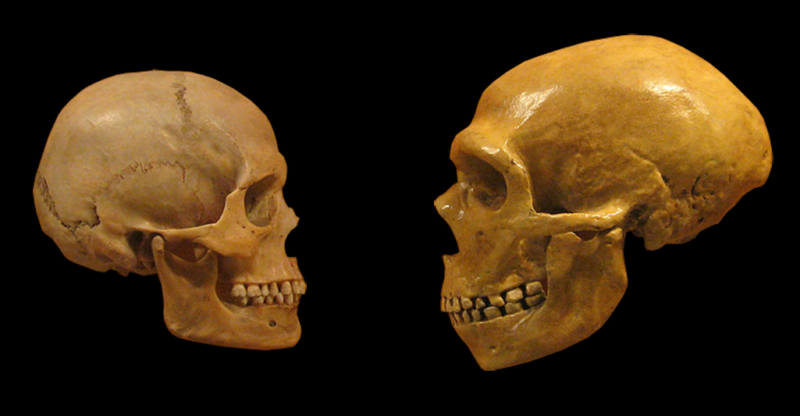What happens when you replace a human gene with its Neanderthal version?

Enlarge / The difference between modern human (left) and Neanderthal skulls means there must be some differences in how their brains develop. (credit: Wikimedia Commons)
What are the key differences between modern humans and our closest relatives, the Neanderthals and Denisovans? For the Neanderthals, there doesn't seem to be any sort of obvious difference. They used sophisticated tools, made art, and established themselves in some very harsh environments. But, as far as we can tell, their overall population was never particularly high. When modern humans arrived on the scene in Eurasia, our numbers grew larger, we spread even further, and the Neanderthals and Denisovans ended up displaced and eventually extinct.
With our ability to obtain ancient DNA, we've now gotten a look at the genomes of both Neanderthals and Denisovans, which allows us to ask a more specific question: could some of our differences be due to genetics?
The three species are close relatives, so the number of differences in our proteins are relatively small. But a large international research team has identified one and engineered it back into stem cells obtained from modern humans. And the researchers found that neural tissue made of these cells has notable differences from the same tissue grown with the modern human version of this gene.
Read 15 remaining paragraphs | Comments